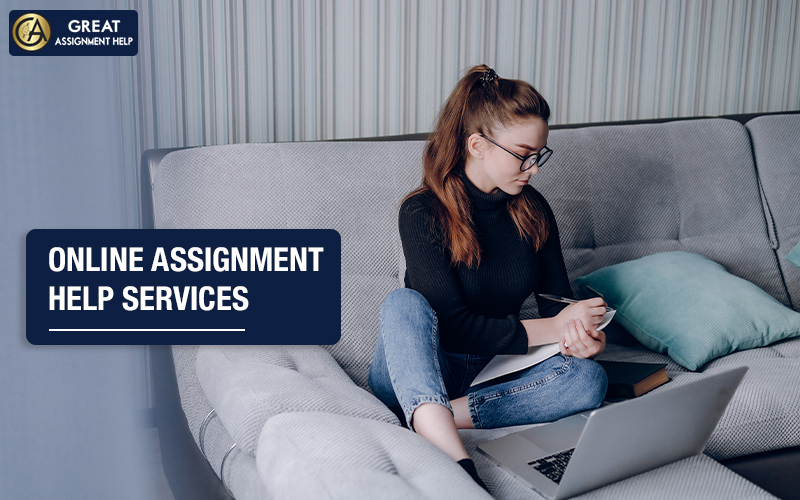The shift to remote learning and indoor lifestyles during the pandemic was a necessary adjustment for families everywhere. Laptops replaced blackboards, and virtual playdates took the place of park gatherings. While these changes helped keep children safe and connected, they also triggered an unintended consequence that eye care professionals are now seeing in their clinics: a significant rise in pediatric myopia, or short-sightedness.
This increase is not a coincidence. The combination of prolonged screen time and reduced outdoor activity has created a perfect storm for accelerating myopia progression in children. This post will explore the factors driving this trend and outline practical strategies for parents and guardians to manage and mitigate its impact. We will cover lifestyle changes, the importance of early detection, and the latest treatment options available.
Why is Myopia on the Rise in Children?
Myopia occurs when the eyeball elongates slightly, causing light to focus in front of the retina instead of directly on it. This makes distant objects appear blurry. While genetics play a significant role, environmental and lifestyle factors are powerful contributors, and the post-pandemic world has amplified them.
The Impact of Increased Screen Time
During the pandemic, children’s daily screen time for educational and recreational purposes skyrocketed. Research published in the British Journal of Ophthalmology found a notable increase in myopia progression among school-aged children following periods of home confinement.
Prolonged near work, such as staring at a screen, forces the eye’s focusing muscles to work harder. This sustained effort is believed to stimulate the eyeball to grow longer, leading to or worsening myopia. Unlike reading a book, digital screens also emit high-energy blue light and can cause digital eye strain, characterised by dry eyes, headaches, and fatigue, further compounding the issue.
The Critical Role of Outdoor Time
While screen time increased, time spent outdoors plummeted. Natural daylight plays a crucial protective role in eye development. Sunlight stimulates the release of dopamine in the retina, a neurotransmitter that is thought to inhibit the axial elongation of the eyeball.
Studies have consistently shown that children who spend more time outdoors have a lower risk of developing myopia. The recommendation from many eye health bodies is for children to spend at least two hours per day outside. For many, this became an impossible target during lockdowns, and habits formed during that period have often persisted.
Other Contributing Lifestyle Factors
Beyond screens and sunlight, other lifestyle changes have contributed to the problem:
- Reduced Physical Activity: A more sedentary lifestyle is often linked to increased near-work activities.
- Poor Lighting: Reading or using devices in dimly lit rooms can increase eye strain.
- Close Working Distances: Children often hold tablets and phones much closer to their faces than they would a book, increasing the focusing demand on their eyes.
Strategies for Managing and Preventing Pediatric Myopia
The rise in myopia is concerning because high levels of short-sightedness are linked to a greater risk of serious eye conditions later in life, such as retinal detachment, glaucoma, and myopic maculopathy. Fortunately, parents and healthcare professionals can take proactive steps to manage the condition.
Lifestyle Modifications: The First Line of Defence
Simple changes to a child’s daily routine can make a significant difference in protecting their vision.
1. Encourage Outdoor Play:
Make outdoor time a non-negotiable part of the day. Aim for at least two hours of play in natural light. This doesn’t have to be continuous; breaking it up into shorter sessions before and after school works just as well.
2. Implement the 20-20-20 Rule:
For every 20 minutes of screen time or other near work, encourage your child to take a 20-second break to look at something at least 20 feet away. This simple habit helps to relax the eye’s focusing muscles and reduce strain.
3. Optimise the Learning Environment:
Ensure that your child’s study area is well-lit. Position screens at an appropriate distance (arm’s length for computers, 30-40 cm for tablets) and slightly below eye level to promote a natural posture.
4. Set Clear Boundaries on Screen Time:
Work with your child to establish healthy limits for recreational screen use. Encourage alternative activities like board games, sports, and creative hobbies that don’t involve staring at a screen.
The Importance of Early Detection
Children often don’t complain about blurry vision because they may not realise their sight isn’t normal. Regular eye examinations are crucial for early detection. It is recommended that children have their first comprehensive eye exam before they start school and then every one to two years thereafter, or as recommended by their eye care professional.
Catching myopia early allows for timely intervention, which can slow its progression. If you notice your child squinting, sitting too close to the television, holding books close to their face, or complaining of headaches, schedule an appointment with an optometrist or eye specialist immediately.
Modern Treatment Options for Myopia Control
If lifestyle changes are not enough, several effective treatments can help slow down the progression of myopia in children. These interventions are a key focus for ophthalmologists and optometrists specialising in pediatric eye care.
1. Specialised Corrective Lenses
Standard glasses and contact lenses correct blurry vision, but they don’t slow down the underlying elongation of the eye. However, new lens technologies are designed to do just that.
- Multifocal Contact Lenses: These lenses have different powers in different zones. The central part corrects the blurry distance vision, while the outer parts of thelens change how light focuses on the peripheral retina. This peripheral defocus is believed to reduce the signal that tells the eye to grow longer.
- Myopia Control Spectacle Lenses: Similar to multifocal contacts, these innovative glasses lenses use specialised technology (like D.I.M.S. or H.A.L.T. technology) to create peripheral defocus, helping to control myopia progression.
2. Orthokeratology (Ortho-K)
Ortho-K involves wearing custom-fitted, rigid gas-permeable contact lenses overnight. These lenses gently reshape the cornea while the child sleeps. The child removes the lenses in the morning and can see clearly throughout the day without needing glasses or contact lenses. Like multifocal lenses, this reshaping also alters the peripheral focus on the retina, which has been shown to effectively slow eyeball growth by up to 50% in many children.
3. Atropine Eye Drops
Low-dose atropine eye drops are another well-established treatment for myopia control. When administered daily in a very low concentration (typically 0.01% to 0.05%), atropine can significantly slow the progression of myopia. The exact mechanism is not fully understood, but it is thought to act on receptors in the retina and other parts of the eye to inhibit elongation. These drops are used to manage the condition, not to correct the vision, so a child will still need to wear their regular glasses or contact lenses.
Conclusion: A Proactive Approach to Protecting Children’s Vision
The post-pandemic surge in pediatric myopia is a clear call to action for parents, educators, and healthcare providers. While we can’t reverse the lifestyle shifts of the past few years, we can adopt a proactive and informed approach to mitigate their impact on children’s eye health.
The solution lies in a balanced strategy that combines healthy habits with modern medical intervention. Encouraging outdoor play and managing screen time are fundamental first steps. Paired with regular eye examinations for early detection and a discussion with an eye care professional about advanced treatments like myopia control lenses, Ortho-K, or atropine drops, we can effectively manage myopia progression. By taking these steps, we can help ensure our children have not only clear vision today but also a future free from the long-term risks of high myopia.







Leave a Reply